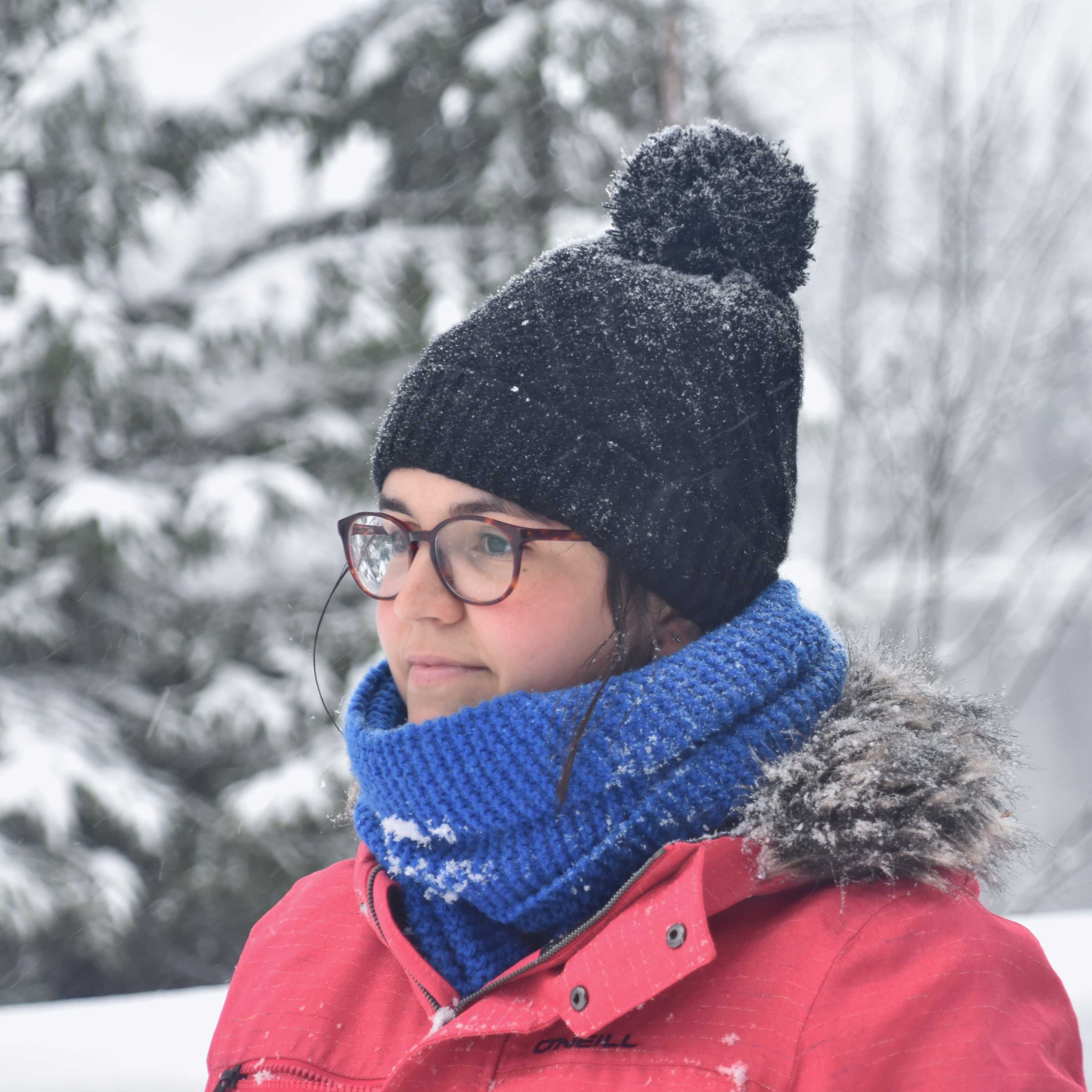Apr 24, 2024
Version 2
Triparental mating with pSEVA protocol V.2
- 1CBM Severo Ochoa

Protocol Citation: Laura Gómez 2024. Triparental mating with pSEVA protocol. protocols.io https://dx.doi.org/10.17504/protocols.io.n92ldm4zol5b/v2Version created by Laura Gómez
License: This is an open access protocol distributed under the terms of the Creative Commons Attribution License, which permits unrestricted use, distribution, and reproduction in any medium, provided the original author and source are credited
Protocol status: Working
We use this protocol and it's working
Created: February 26, 2024
Last Modified: April 24, 2024
Protocol Integer ID: 98731
Abstract
This process involves bacterial conjugation, where a conjugative plasmid found in one bacterial strain facilitates the transfer of a mobilizable plasmid from a second bacterial strain to a third bacterial strain.
In the method from our lab, CC118λpir containing a pSEVA plasmid works as the donor, the E. coli 1047 pRK2013 strand is the helper, and the receiver is a C. rodentium strand.
Insertion of he suicide plasmid by three partner conjugation
Insertion of he suicide plasmid by three partner conjugation
3d 2h 55m
3d 2h 55m
Inoculate Overnight cultures of strains:
DONOR CC118λpir pSEVA Gm (10 μg/ml)
HELPER E. coli 1047 pRK2013 Km (50 μg/ml)
RECEIVER C. rodentium pACBSR Sm (50 μg/ml)
Note
We have a pACBSR plasmid encoding Cm resistance.
1d
Place 20 µl spots of the helper and donor strains onto an LB plate (no antibiotics) and an additional spot of 20 µl of the helper on top of 20 µl of the donor (D+H).
10m
Leave the plate open at the flame until the spots get dry. Incubate at 37 °C 02:00:00 , facing up.
2h
Add 40 µl of the receiver strain on top of the D+H spot (D+H+R) and an additional 20 µl spot of this strain alone. Wait for the spot to get dry and incubate for 04:00:00 37 °C facing up.
4h
Collect the 4 patches using a sterile loop and resuspend each of them in 1 ml of LB in an eppendorf.
10m
Plate 100 µl of each tube in LB plates supplemented with Gm + Sm.
10m
Centrifuge the rest of the D+H+R tube at 2000 x g, 00:02:00 to pellet the cells, resuspend in 100 µl and plate as well in LB plates supplemented with Gm + Sm.
5m
Incubate the plates Overnight at 37°C.
Note
Due tto the inability of pSEVA vector to replicate in C. rodentium, the only way to grow on Gm plates is having the pSEVA vec tor integrated into the chromosome (cointegrate).
1d
Second recombination for a scarless genomic modification
Second recombination for a scarless genomic modification
2d 10h 10m
2d 10h 10m
Pick two colonies of the D+H+R plate and grow them in LB+Sm + 0.4% L-arabinose broth for a minimum of 06:00:00 for the induction of the I-SceI endonuclease of the pACBSR plasmid.
Note
In the Overnight plates with only donor, helper or receiver no colonies should grow.
6h
Insert the inoculation loop in the culture and streak on LB+Sm plates to obtain individual colonies. Incubate the plates Overnight at 37°C.
1d 0h 10m
The next day, pick some colonies and patch them on a LB+Sm plate and on a LB+Sm+Gm plate. Incubate the plates Overnight at 37°C.
Note
Colonies that do not grow on the plate with Gm are those that have recombined after treatment with the endonuclease I-SceI.
1d 0h 30m
Analyze by PCR and gel electrophoresis those colonies which have grown on LB+Sm but not on LB+Sm+Gm to differentiate the modified colonies from the ones which have reverted to the Wild-Type genotype.
Note
The primers should hybridise outside of the homology regions selected. Upon analysis of 10 colonies you should get a about 50% of modified colonies.
3h 30m
To remove the pACBSR plasmid, make 8-9 passes of the strain without Sm in liquid LB. Plate the last culture in LB plates and patch individual colonies the following day on LB and LB+Sm plates to select those sensitive to the antibiotic.
